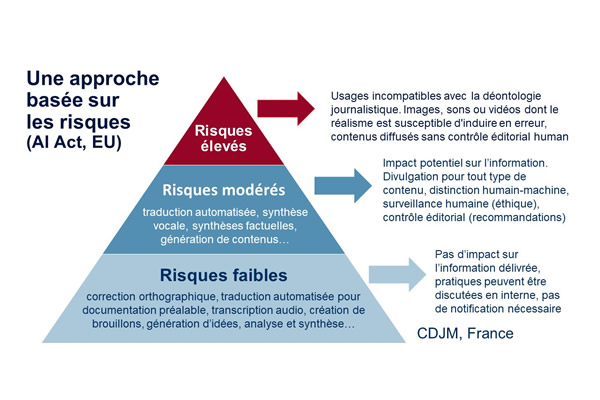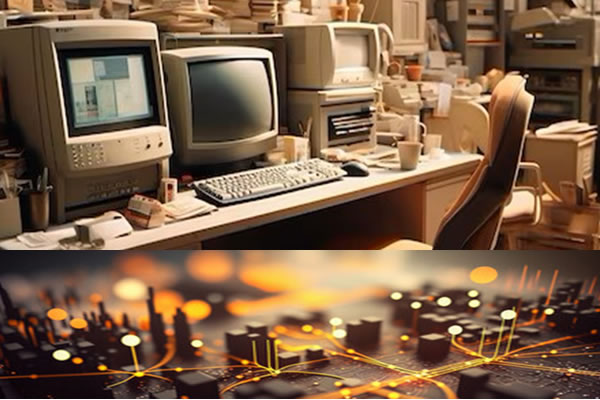Research note about news automation, with a theoretical connection to software studies.
By transforming data to texts or to any kind of visual representations, automated news systems are embedded into a classical editorial process which aims to answer two questions: “what to say” and “how to say it” (Danlos 1991). Two main social mechanisms characterize automated news productions: the intentions, which will define the “what to say”; and the mediations, between the humans and the machine, which will define the “how to say it”.
Three types of actors can be involved in news automation: technological start-ups, which are employing linguists and engineers, the media himself with its own IT resources, or journalists-developers which are not the main actors of the sector despite their popularization in the scientific literacy (Graefe 2016). In any cases, they will provide their mediation between the newsrooms and the machine, to translate human intentions into computational processes. What is here new is not the end but well the means to achieve this end.
If the code is characterized by its opacity, the “black box” of automated news systems can be opened with the understanding of how human intentions are mediated and then translated. The design is the representation of the sociality of the artefact where each choice will lead to construct the news in its materiality. Like any other kind of editorial process, it cannot be considered as neutral or objective despite the promises traditionally associated to algorithms (Gillespie 2014).
From the software studies perspective, automated systems encounter the five characteristics of a “new media” (Manovich 2001): a remixed form of preexistent mediatic forms. An automated news process is providing a digital representation of news; its modularity is symbolized by the separation between databases – which will provide the « inputs » – and the code – which will provide the « outputs »; its variability level will depend of the values of the data; its processes are automated and result from a cultural transcoding fed by previous editorial experiences. Automation is made possible by the conjugation of the digital coding and of the modular structure of the artefact.
How does the remix of the editorial process occur? Automated systems rely on data, the raw material that will provide news. More than a symbolic form (Manovich 2013), databases are taking an active part amid the storytelling with providing a first representation of a world in motion, just like instant pictures at a given moment (Boydens 1999). Quantification operations made with the data will provide a second kind of representation which will depend on the level of the analysis and will rely on human interpretations which cannot be considered as fully objective (Desrosières 2008, Flew & alli 2010). A third transformation occurs within the automation process. Just like in a chain reaction, automated contents will give a final representation obtained from these iterations which will all depend from human choices.
References
- Anderson, C.W. & De Maeyer, J. (2015 p. 3-9). ‘Objects of journalism and the news’, Journalism, 16(1).
- Boydens, I. (1999). Informatique, normes et temps. Bruylant.
- Danlos, L. (1991). Génération automatique de textes en langue naturelle. Linx, 4(1), 197-214.
- Desrosières, A. (2008). Gouverner par les nombres : l’argument statistique II. Collection Sciences Sociales. Presse des Mines.
- Flew, T., Spurgeon, C., Daniel, A., & Swift, A. (2012). The promise of computational journalism. Journalism Practice, 6(2), 157-171.
- Gillespie, T. (2014). The relevance of algorithms. Media technologies: Essays on communication, materiality, and society, 167.
- Graefe, A. (2016). Guide to automated journalism. Tow Center for Digital Journalism, Columbia University. URL: https://towcenter.org/research/guide-to-automated-journalism/
- Manovich, L. (1999). Database as symbolic form. Convergence, 5(2), 80-99.
- Manovich, L. (2001). The language of new media. MIT press.
- Manovich, L. (2013). Software takes command (Vol. 5). A&C Black.





